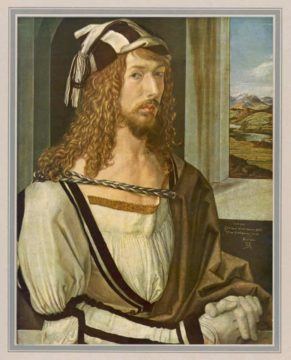Laura Cumming in The Guardian:
 Albrecht Dürer was the first great sightseer in the history of art, travelling Europe to see conjoined twins, Aztec gold, Venetian gondolas and the bones of an 18ft giant. He crossed the Alps more than once and voyaged for six days in the freezing winter of 1520 to see a whale on a beach in Zeeland. The ship was nearly wrecked, but somehow Dürer saved the day and they eventually reached the shore. The sands were empty. The great creature had sailed away.
Albrecht Dürer was the first great sightseer in the history of art, travelling Europe to see conjoined twins, Aztec gold, Venetian gondolas and the bones of an 18ft giant. He crossed the Alps more than once and voyaged for six days in the freezing winter of 1520 to see a whale on a beach in Zeeland. The ship was nearly wrecked, but somehow Dürer saved the day and they eventually reached the shore. The sands were empty. The great creature had sailed away.
This magnificent new book by Philip Hoare takes its title from that tale, but only as a point of departure. The narrative soon turns into a trip of another kind entirely, a captivating journey through art and life, nature and human nature, biography and personal memoir. Giants walk the earth: Dürer and Martin Luther, Shakespeare and Blake, Thomas Mann, Marianne Moore, WH Auden, David Bowie. Hoare summons them like Prospero, his writing the animating magic that brings the people of the past directly into our present and unleashes spectacular visions along the way.
Just to follow him to that same beach in Zeeland, for instance, is to be entranced by his descriptions of deserted ports, windblown flatlands and shadowy waters. Hoare sees the creatures Dürer never saw, as if on his behalf. He offers the poignant revelation that the giant’s bones were actually those of a bowhead whale, knowing what it would have meant to the artist. Shown the day’s catch in a local restaurant, he marvels at the orange spots on the glistening brown plaice – “the fingerprints of a saint” – and imagines Dürer immediately drawing the fish on his napkin. Both men are present in that moment; both of Hoare’s pictures are perfect.
More here.
